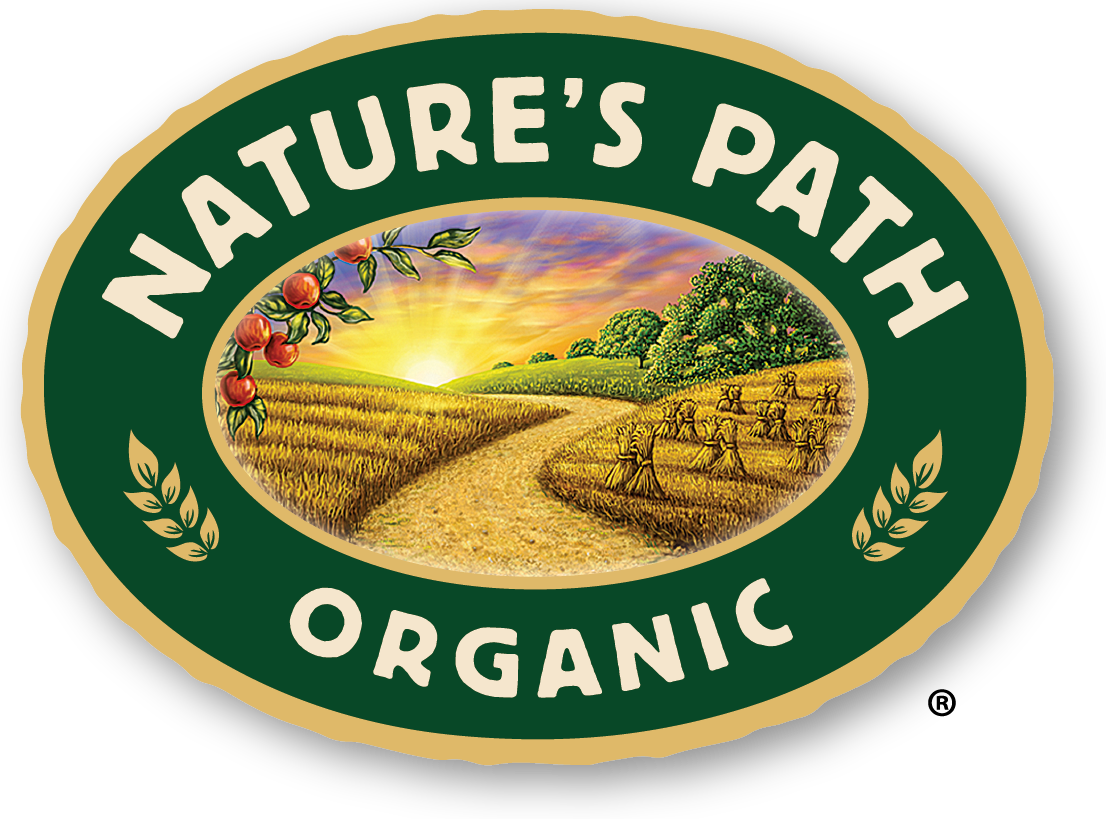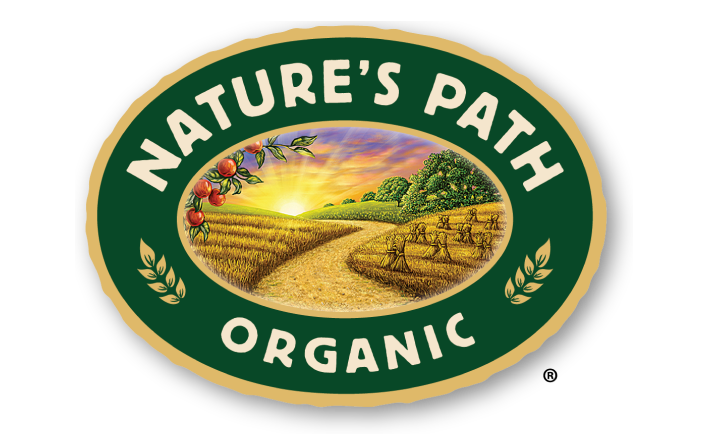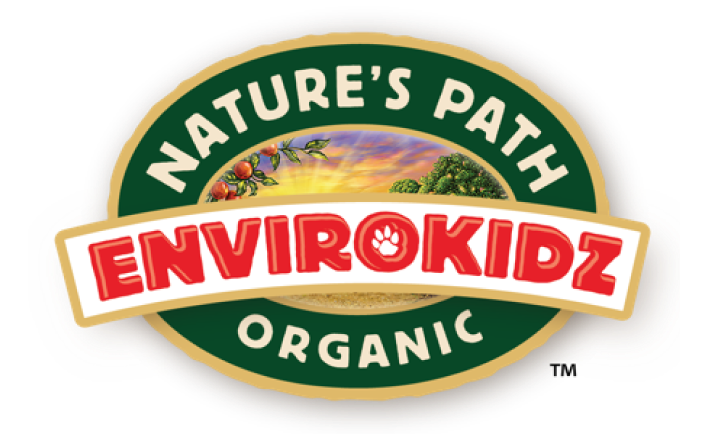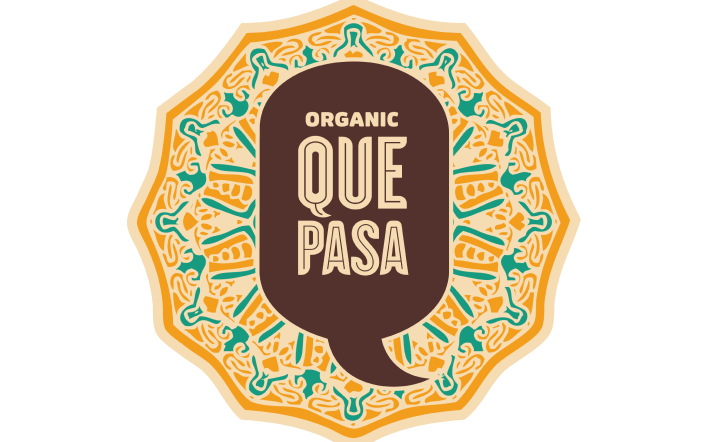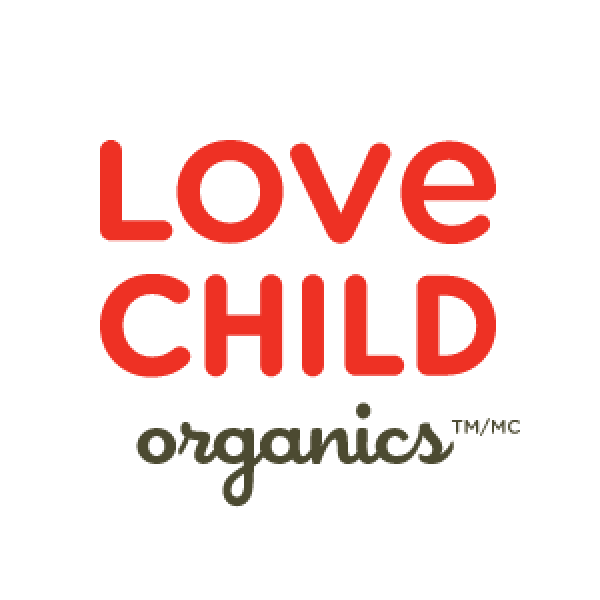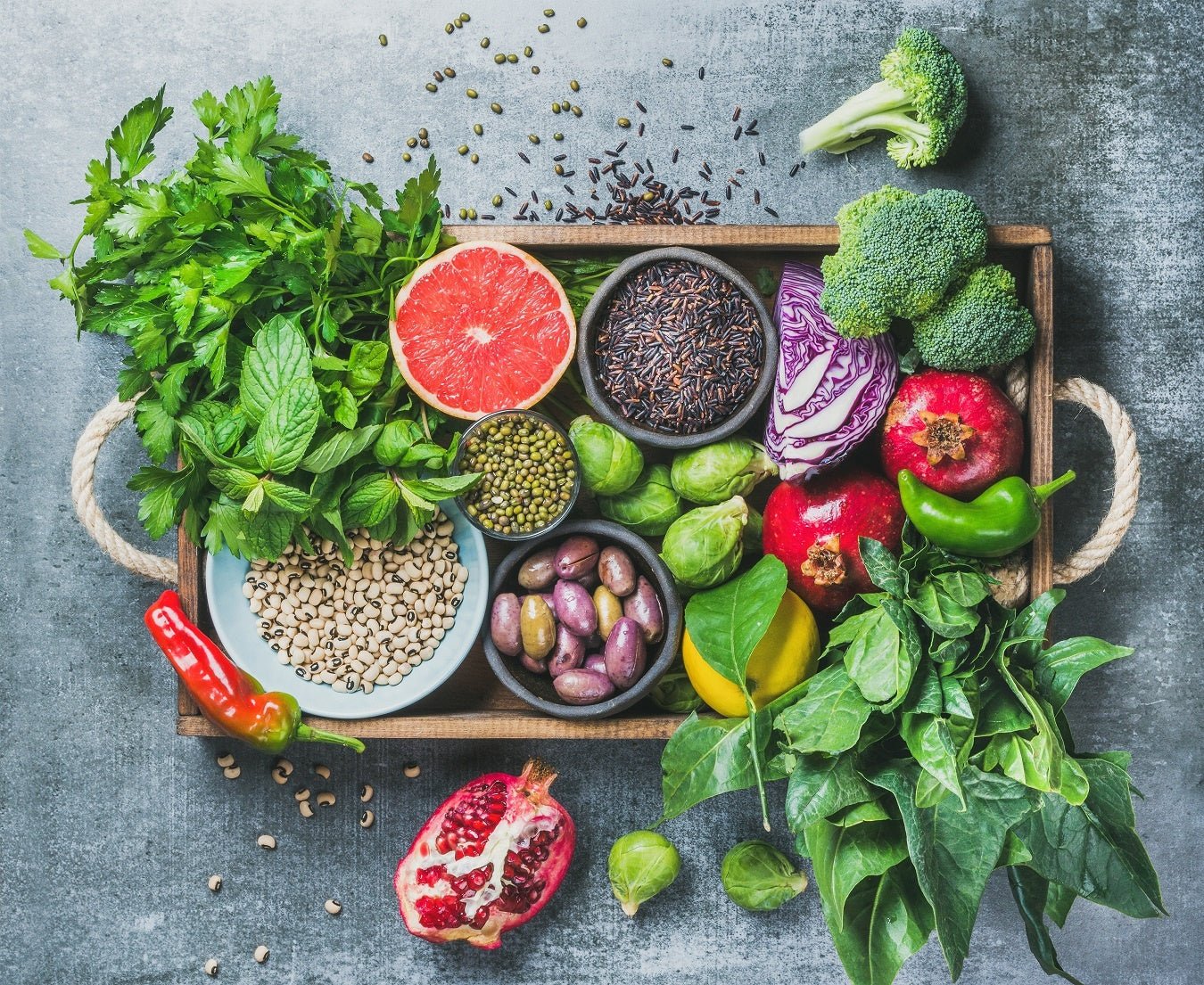
How to Feed a Celiac: A Guide to Gluten Free Diets
So you have a friend or relative coming over who has Celiac disease, and follows a strict gluten-free diet: what the heck can you feed them?
Knowing what to put on a Celiac’s plate is easier than you think. With the rise in Celiac disease and non-celiac gluten sensitivities in the past 10 years, products and recipes without gluten are much more accessible. This makes it easier for you to prepare gluten-free snacks and meals, as most regular grocery store shelves are stocked with a variety of products that can be swapped for traditional foods.
So you have a friend or relative coming over who has Celiac disease, and follows a strict gluten-free diet: what the heck can you feed them? Knowing what to put on a Celiac’s plate is easier than you think. With the rise in Celiac disease and non-celiac gluten sensitivities in the past 10 years, products and recipes without gluten are much more accessible. This makes it easier for you to prepare gluten-free snacks and meals, as most regular grocery store shelves are stocked with a variety of products that can be swapped for traditional foods. Before we cover everything you need to know about how to feed a Celiac, it helps to know what it means to have Celiac disease.

![]()



What is Celiac Disease?
A person with Celiac disease has a true allergy to gluten, and it cannot be properly digested in their small intestine. This triggers an immune response, which is usually accompanied by painful digestive symptoms such as abdominal cramping, bloating, vomiting and diarrhea. These symptoms can last anywhere between 1-3 days, and lead to extensive weight loss and chronic digestive issues if gluten isn’t completely removed from their diet. If you’re not sure what gluten is, it’s a protein found in many grains such as wheat, bulgur, rye, barley, spelt and kamut.What Does a Celiac Eat?
Since many foods in the Western diet contain wheat, it may seem like your Celiac friend is condemned to a restrictive diet. However, this isn’t the case and their options are still extensive: fruit, veggies, root veggies, beans, nuts, seeds, legumes— and even dairy products, if they include them in their diet— are all naturally gluten-free. In other words, a healthy gluten-free diet will focus on unprocessed, whole foods, which are the foundation of any healthy diet— Celiac-friendly or not. Grains aren’t completely off-limits on a gluten-free diet either. Let’s look closer at the foods that are off limits on a gluten-free diet, and which gluten-free alternatives you can swap them with.Common Foods That Contain Gluten (And What to Replace Them With)
Grains / Flour
❌ Contains Gluten- Wheat, barley, rye, kamut, spelt, bulgur, teff, farro, durum, semolina, oats* *oats are naturally gluten-free, but may be cross contaminated with wheat when factory processed
- Brown rice, jasmine rice, wild rice, basmati rice, buckwheat, corn, sorghum, millet, quinoa, oats*, coconut flour, almond flour *as long as they’re certified gluten-free on the label
Beverages
❌ Contains Gluten- Soda and pre-prepared fruit juices may contain caramel color, which is often derived from wheat
- Fresh pressed fruit and veggie juices
Condiments
❌ Contains Gluten- Soy sauce, tamari, nama shoyu, worchestire sauce, store-bought salad dressings, bouillon, barley malt, malt vinegar
- Coconut aminos, dijon mustard, ketchup, gluten-free soy sauce, regular mustard, 100% distilled vinegar
Sweeteners
❌ Contains Gluten- Anything made with malt syrup
- Pure maple syrup, green leaf stevia, raw honey, coconut nectar, coconut sugar
Cereals
❌ Contains Gluten- Some instant oatmeal, granola, and commercial boxed cereals
- Nature’s Path gluten free cereals, certified gluten-free oats, or homemade trail mix.

Sneaky Gluten Sources
While the most obvious gluten-containing foods are made from wheat, barley or rye, gluten sneaks into a few products you wouldn’t expect to find it in, such as:Additives and Preservatives
Caramel color is a common food additive derived from wheat, which is found in soda, chocolate, candy, and some boxed juices, such as apple juice.Artificial Sweeteners
Although artificial sweeteners such as sucralose and aspartame are said to be gluten-free, they aren’t tested for cross contamination, and therefore cannot be guaranteed Celiac friendly. (Besides, research suggests sugar polyols, which are found in artificial sweeteners, can aggravate or worsen existing digestive symptoms. Therefore, they’re best for Celiac’s to avoid, as they’re already prone to digestive distress.) Artificial sweeteners are found in most processed foods labelled “fat-free”, “sugar-free” or “zero calorie”, including diet soda, chewing gum, juice mixes, yogurt, protein powders and low-calorie salad dressings.
Sushi
Many soy sauces and teriyaki sauces contains gluten. The vinegar used to prepare sticky rice in sushi may also contain gluten if it’s made with non-distilled vinegar from a wheat, barley or rye starter— however, most sushi restaurants use rice vinegar, which is gluten-free. On the other hand, distilled vinegar is Celiac friendly because it’s only made from pure alcohol, which is naturally gluten-free.Brown Rice Syrup
Although brown rice is a gluten-free grain, some varieties of brown rice syrup are made with barley enzymes. However, there is a gluten-free version of brown rice syrup made with fungal enzymes, which can be used to make a product gluten-free.Body Care Products
Shampoos, conditioners, body lotions and cosmetics may contain gluten— so if you’re sharing toiletries with a Celiac houseguest, keep an eye out for wheat germ oil, or hydrolyzed wheat protein on the label of your body care products.
How Can You Tell if a Food is Gluten Free?
It’s impossible to list every food that contains gluten in this article, so here are some tips and tricks for determining whether a food is gluten-free or not:Step #1: Read Labels
Most foods that are certified gluten-free will say so on the label. Look out for a round logo that says “certified gluten free”, “this product is gluten-free”, or the letters “GF”. If a product doesn’t say it’s gluten-free, chances are it isn’t. Important Note: A label that says “wheat-free” doesn’t mean it’s gluten-free. A wheat-free product may contain other grains, such as spelt, kamut or rye, which still contain gluten.Step #2: Look for the 6 “Magic Words”
The most common ingredients that will tell you straight away if a product contains gluten are barley, wheat, rye, oats, brewer’s yeast and malt. If you don’t see these ingredients on a food label, but it’s still not labeled gluten-free, remember: it may have come in contact with one of these 6 ingredients during processing— so it’s “better safe than sorry” when it comes to non-certified products.Step #3: Go Back to the Basics
As mentioned above, all of the whole foods found in nature (aside from certain grains) are naturally gluten-free. Fresh salads with homemade dressing, fruit, roasted root veggies, or spaghetti sauce over spiralized zucchini noodles… the options are endless when it comes to creating gluten-free meals from real food.
Avoiding Cross Contamination
So, you’ve got your meal ideas and recipes ready to go— and you’re ready to cook up a gluten-free storm. Before you get started, it’s important to know the best practices for avoiding cross contamination when cooking Celiac friendly meals. Even the smallest bread crumb can trigger an immune response in someone who has Celiac disease, so this is a step that cannot be overlooked. Cross contamination can happen easily, especially if you’ve prepared foods that contain gluten on the same surface. Just like you avoid cross contamination when cooking by sanitizing and using separate utensils, the same protocol applies when preparing gluten-free foods.Step 1: Sanitize All Surfaces and Utensils
To avoid cross contamination, make sure all of your utensils, cutting boards and other kitchen equipment have been thoroughly sanitized and washed in boiling hot water, and run through a dishwasher.Step 2: Avoid Using Wooden Utensils
You’ll want to avoid using wooden kitchen utensils and cutting boards because gluten can linger in their porous surfaces— instead, use plastic or metal equipment.Step 3: Avoid Using Equipment That Can’t be Disassembled
If you use kitchen equipment that can’t be disassembled and may have come in contact with gluten (for example, a toaster), it’s best to avoid using that equipment altogether.Step 4: Consider Having “Gluten-Free” Kitchen Equipment
If you regularly have Celiac guests over, you may want to consider having designated utensils and equipment that are strictly used to prepare gluten-free foods and recipes. Feeding your Celiac guests becomes simple once you know which ingredients contain gluten, and how to prevent gluten from winding up in your kitchen. When in doubt, just remember: all whole, unprocessed foods found in nature (besides gluten containing grains) are gluten-free, and you can’t go wrong with fresh fruit, veggies, raw nuts, beans or seeds.Looking for a recipe to feed a celiac? Check out these 25+ gluten free breakfast recipes!
